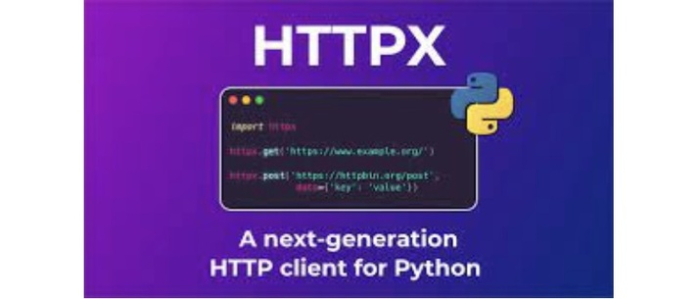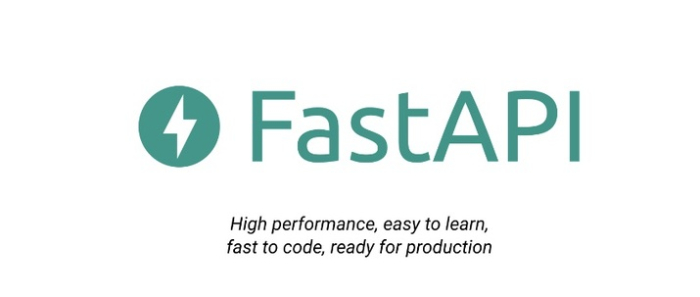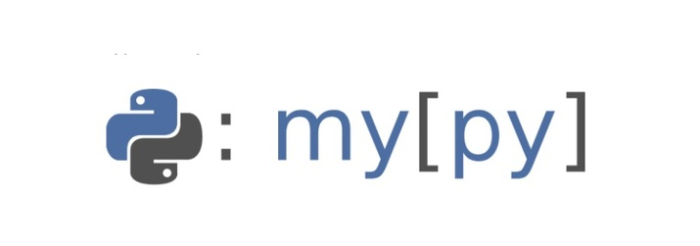
 Data Structure
Data Structure Networking
Networking RDBMS
RDBMS Operating System
Operating System Java
Java MS Excel
MS Excel iOS
iOS HTML
HTML CSS
CSS Android
Android Python
Python C Programming
C Programming C++
C++ C#
C# MongoDB
MongoDB MySQL
MySQL Javascript
Javascript PHP
PHP
- Selected Reading
- UPSC IAS Exams Notes
- Developer's Best Practices
- Questions and Answers
- Effective Resume Writing
- HR Interview Questions
- Computer Glossary
- Who is Who
What are the most interesting Python modules?
In this article, we will learn the most interesting modules in python The following are some of the interesting libraries in python.
HTTPX
HTTPX was developed by Tom Christine, a software developer with a focus on API design and development.
High-performance current apps are increasingly using the async paradigm, yet while doing so, the Requests library struggles to do its job effectively.
Thus, HTTPX is proposed to overcome this problem. Based on Requests' renowned usability, HTTPX is an asynchronous HTTP client that supports HTTP/2 and HTTP/1.1. It has strict control over timeouts and offers an API that is as similar to the Requests library as feasible. With the ASGI protocol, HTTPX, which has a complete type annotation, may also make a direct call into a Python web application. All of the common Requests features, including as international domains and URLs, keep-alive & connection pooling, sessions with cookie persistence, and others, are also included in the library.
Furthermore, with high-performance async web frameworks, you may use either asyncio or trio for HTTPX. Because of this, HTTPX can handle a lot of queries.

Arrow
The inadequate date, time, and timezone methods in Python's standard library and certain other low-level modules offer one way to interact with the date and time objects, as many Python developers are aware of. However, they fall short in terms of performance and usability; for instance, they contain an excessive number of modules and categories, which makes it hard for users to recall and differentiate between them. Time-consuming conversions between timezones and timestamps also exist.
Fortunately, users may create, manipulate, format, and convert dates with the help of the logical and approachable Python module called Arrow. Its main objective is to reduce the amount of code you import to handle dates and times.
Arrow works with ISO 8301 and Python versions 2.7, 3.5, 3.6, 3.7, and 3.8. Timezone conversion is simple, as the timestamp itself is a property.
Arrow's capabilities may be gathered from a few of its aspects. The DateTime replacement in Arrow automatically takes into account the user's Timezone. Users will have access to quick-and-easy design alternatives for a range of common data entry scenarios. For relative offsets like week offsets, the shift approach works well. Strings may be automatically formatted and parsed, which is a huge time saver. The ability to set periods, ranges, floors, and ceilings for any time interval from microseconds to years is another strong suit of Arrow.
FastAPI
As its name suggests, FastAPI is a very quick and strong Python framework for developing application programming interfaces. It's a complete web application framework. You may save 200 to 300 percent of development time with FastAPI. With over 200 contributors and 28.6K starts, FastAPI is becoming increasingly popular in the Python community.
FastAPI is an asynchronous web application framework that is based on the ASGI specification. Some of its features are as follows.
OpenAPI, JSON format, and automatic client code creation - all based on open standards.
A swagger user interface that allows you to call and test APIs from a browser.
Interactive API documentation
Reduces by 40% the number of bugs caused by developer errors in code.
Code duplication is minimized.
Intuitive editor support (VSCode/PyCharm) with auto-completion.
It has integrated security and authentication.
A dependency injection system to manage all dependencies automatically.
Provides Unlimited support for plugins.
Completely compatible with Starlette and Pydantic.
PyTest is used to test applications.
SQL databases, NoSQL databases, and GraphQL are supported.

Python Fire
Python Fire has the ability to automatically generate CLIs for any given project. The library improves creating CLIs. The desired CLI can be obtained by first creating the necessary functionality as a function, module, or class at the command line, and then using Fire.
When creating a Python library, testing should begin as soon as possible. A primary test method must be defined without Python Fire in order to get the needed functionality. While this approach will get the job done, it requires switching to a new primary method every time new features need to be tested, which is cumbersome and wastes time. If you are using Fire to test your command line, you won't need to constantly be updating your main test method.
If a function was built by someone else, it might be difficult to grasp just by looking at its code. You should instead invoke Fire on the module. By using this function, testing each method and function in a module is simple.

Starlette
When it comes to developing powerful asyncio services, Starlette is a lightweight ASGI framework or toolkit you can count on.
This library is suited for production use and includes many useful features such as WebSocket and GraphQL integration. Starlette supports in-process background tasks, Cross-Origin Resource Sharing, GZip, Static Files, and Streaming responses. There is extensive testing of all of these features, as well as a fully type-annotated code base and no hard dependencies.
Starlette may be applied in its entirety as a framework or by itself as an ASGI toolset. Moreover, components may be reused across all ASGI frameworks, resulting in a community of compatible middleware and mountable apps.

Mypy
The goal of "Mypy" a static type checker written in Python, is to bring together the best features of both dynamic (or "duck") typing and static checking. Mypy incorporates a powerful type system and compile-time type checking into Python's already impressive set of expressive capabilities and user-friendliness.
When using Mypy, programmers have the freedom to create their own processes. With Mypy, we hope to bring together the best features of both dynamic and static typing for use in developing software. So, users may rely on dynamic typing in situations when static typing fails, as with legacy code. Mypy's error reporting is structured after a compiler, making it ideal for use as a linter. With Mypy, developers have a dependable and consistent tool for testing their projects and their dependencies.

Immutables
Python's Immutables module adds an immutable mapping type to the language. A Hash Array Mapped Trie (HAMT), popular in functional languages like Clojure, Scala, and Haskell. Operations like set() and get() on HAMT-based immutable mappings are virtually O(1) efficient (O(log N)) for reasonably small mappings.
Expiring Dict
Python's Expiring Dict is a powerful caching module. A dictionary with sorting and auto-expiring values is provided for use in caching. Each dictionary lookup includes a check for the element's TTL (max-age) and maximum length.

Conclusion
In this article, we learned about eight different intriguing Python modules for performing tasks in a simple, straightforward, and efficient manner

